You can read this exclusive content thanks to the FALATH & PARTNERS law firm, which assists American people with Slovak roots in obtaining Slovak citizenship and reconnecting them with the land of their ancestors.
Emigration is a significant part of Slovak history. A third of Slovak people emigrated between the last quarter of the 19th century and the year 1968, especially to the US and Canada. Many of these people came from Dolný Zemplín, a region bordering Hungary and Ukraine.
Dolný Zemplín is made up from three districts: Michalovce, Sobrance and Trebišov.
Descendants of emigrated Slovaks often set out to Dolný Zemplín to see the places their ancestors came from. Therefore, it comes as no surprise that the Museum of Emigration opened in this region.
But the region offers much more than just museums to visitors from all over the world, such as adventures on the popular Zemplínska Šírava water reservoir and in the Vihorlatské Vrchy mountains with the highest peak Vihorlat (1,075 m), or moments experienced on farms and in extraordinary wooden churches. Find many similar interesting ways to spend your time in Eastern Slovakia in the Košice Region guide.
Here's a map with all the major sights in the region:
Here's more details on some places tourists can visit while exploring the region:
Museum of Smuggling in Lekárovce
The village of Lekárovce is situated right on the Slovak-Ukrainian border. After the Second World War, the borders changed and Subcarpathian Rus became part of the Soviet Union, including Lekárovce, although the majority of the residents were Slovak.
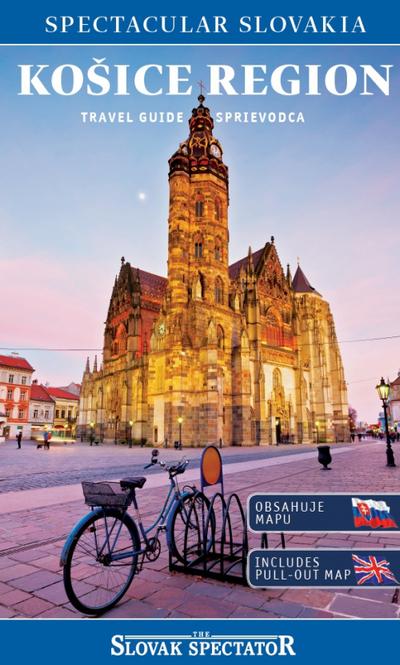 Let this guide be your key to the most ravishingly beautiful secrets of the Košice Region (www.spectacularslovakia.sk) (source: Spectacular Slovakia)
Let this guide be your key to the most ravishingly beautiful secrets of the Košice Region (www.spectacularslovakia.sk) (source: Spectacular Slovakia)
Subcarpathian Rus is a region that was once part of interwar Czechoslovakia, the Kingdom of Hungary and the Soviet Union, none of which now exist. Today, it is part of modern-day Ukraine.
In the Lekárovce itself, however, people wrote petitions and demanded not to be annexed to the Soviet Union. In 1946, they succeeded. The village was returned to Czechoslovakia. The village marks this moment with a plaque and an obelisk by the Uh river.
Opposite the obelisk, a cosy cafe set up in a shipping container. It's called Na čiare (on the borderline). And next to it, a museum with the same name can be found. It is essentially the museum of smuggling. There, visitors will learn how bright border smugglers were when transporting people and cigarettes to the other side.
The idea of the cafe and the museum was born in the head of Rudolf Felšӧci, a returnee to his home region.
Guitar kingdom in Sobrance
Those who like music can visit a guitar museum in the town of Sobrance, one of the regional centres. There are hundreds of exhibits, including about 200 guitars, on display. The founder of the museum was the local guitar “king” and musician Ján Ferko.
In addition to guitars, visitors can find keyboard and wind instruments, amplifiers, radios, gramophones, and tape recorders in the museum.
The founder received offers to establish the museum in Prague, Bratislava, and Košice. A Czech guitar manufacturing company also wanted to obtain his collection. But as a local patriot, he remained loyal to Sobrance. His son, Imrich, continues his work.
The house in which the museum is located has been renovated inside and out. However, the large garden full of fruit trees is still waiting for improvements. Open-air music events should take place there.
Wine-tasting in the Orechová cellar
There are many talented entrepreneurs in the villages near the border, for example, winemakers from Orechová. They cultivate 56 hectares of vineyards and produce around 300,000 litres of wine annually.
Pivnica Orechová, the winery in Orechová, was established 30 years ago and is still expanding. In addition to growing grapes, it also offers wine tastings.
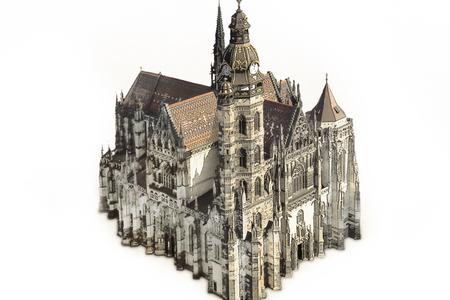
Those interested in this experience will be seated in a spacious, well-equipped tasting room, which has a capacity of 50 people. Part of the tastings are also local food specialties, based on organically farmed pigs and chickens. After the meals, guests go on a tour of the nearby vineyards.
"Our plan for the future is to make increasingly high-quality wine and offer it mainly to wine shops," Jaroslav Michálek, brother of the owner of Pivnica Orechová, says. The winemakers also want to continue to support agricultural tourism and do not rule out building a cycling trail through their vineyards.
Besides this winery, visitors can find two more wineries in this region. Pivnica Tibava offers a vast variety of wines, also at a variety of price points. Finally, the boutique family winery Fundus Regius in the village of Priekopa can surprise wine lovers with high-quality products.
Beňatina quarry with zipline
Swimmers and adrenaline junkies can visit a former quarry with turquoise water in the quaint village of Beňatina. The village built a road around the entire quarry, making it accessible also to cars.
Moreover, people can use a rope to descend from the highest point of the quarry to the water. Thanks to the zipline, tourists can enjoy 30 seconds of adrenaline on the 180 m-long rope.
Lucky ones might come across a fossil of small marine animals in the rock walls of the lake, which is nicknamed a "Slovak Plitvice lake" due to the colour of water resembling the water in Croatia's famous Plitvice lakes. Some call it the "Beňatina Whale" because of a formation on the rock that looks like a tail of the whale.
Bathroom facilities, marked hiking trails and cycle paths with tips for more trips around the nearby area have also been added to this attraction.
Kasigarda in Tahyňa
Because migration is an essential part of Slovak history, and Slovaks from the east of Slovakia formed the majority of people leaving the region due to poverty, historian Martin Javor decided to establish the Kasigarda: Museum of Emigration in the village of Tahyňa near Michalovce.
The museum is based in an old house built by a Slovak returnee from the USA.

The museum provides visitors with powerful insights into and artifacts from the lives of Slovaks who sought refuge and prosperity in North America in the late 19th and early 20th century.
Notes, cooking books, badges, uniforms, suitcases, plates and much more can be seen in the museum.
Tranquility in wooden churches
Wooden churches are well-known sights, mostly found in northeast Slovakia. Two of them, however, are situated in the district of Sobrance.
The Greek Catholic Church of St. Michael the Archangel, one of the smallest wooden churches in the country, is located in Inovce. The sacred place was built in the first half of the 19th century. It was declared a national cultural monument due to its great cultural and historical value.
The Greek Catholic Church of the relics of St. Nicholas the Bishop is older and hidden in the village of Ruská Bystrá. It was built at the beginning of the 18th century. In 2008 it was inscribed onto the UNESCO World Heritage List.
Those who would want to see the churches from the inside must call the church administrators. You can usually find their contact on the villages' websites or at the gates of the churches.
What to see in the districts of Michalovce and Sobrance
Discover Eastern Slovakia with our Košice Guide.
Natural beauties
Ponds in Senné, an important ornithological site in Central Europe, also called a bird's paradise
The Sea Eye (Morské oko) in the Vihorlat Mountains, Slovakia's largest volcanic lake
Sninský Kameň (rock) is the most visited site in the Vihorlat Mountains, offering a great view of Morské Oko lake.
The Vihorlat Mountains offer a variety of hiking trails, and are home to a primeval forest, which was registered as a UNESCO World Heritage Site in 2007.
Relax and holiday
Zemplínska Šírava is the second largest water reservoir in Slovakia, and is surrounded by a lot of hotels, beaches, and water sports activity opportunities. However, not all public beaches are in good condition. The best ones are those near hotels.
Vinianske Lake is surrounded by woods, which gives visitors a feeling of being in the heart of nature. It is suitable for swimming, water sports, and fishing. Last year, new Wellness Under the Stars was opened there.
Climbing rock near the village of Vinné.
Spa in Sobrance was a famous spa with unique healing waters. It is neglected today, but a chariot race is held there during the summer.
The farm Nová Zem in Blatná Polianka offers horseback riding, a shooting range and water zorbing. Children can also go crazy on a trampoline, and see the mini zoo.
Farm Skarabeus in Veľké Raškovce offers horse riding, animal feeding, and fishing in a private pond.
Beekeeping outdoor museum in Moravany.
Cultural-historical heritage
Vinné Castle, the ruins situated near the village of Vinné, has been worked on in recent years by volunteers.
in Michalovce is situated in the baroque-classical chateau of the noble family Sztaray. It offers natural history, history, archaeology, and art exhibitions.
Museum of Vintage Cars in Michalovce was opened in 2023. It is a must-see for visitors who love old American and European cars.
Museum of Mining and Ironworks in Remetské Hámre presents the history of mining and ironworks in the Vihorlatské Vrchy mountains and runs an ethnographic exhibition.
Spectacular Slovakia travel guides
A helping hand in the heart of Europe thanks to the Slovakia travel guide with more than 1,000 photos and hundred of tourist spots.
Detailed travel guide to the Tatras introduces you to the whole region around the Tatra mountains, including attractions on the Polish side.
Lost in Bratislava? Impossible with our City Guide!
See some selected travel articles, podcasts, traveller's needs as well as other guides dedicated to Nitra, Trenčín Region, Trnava Region and Žilina Region.


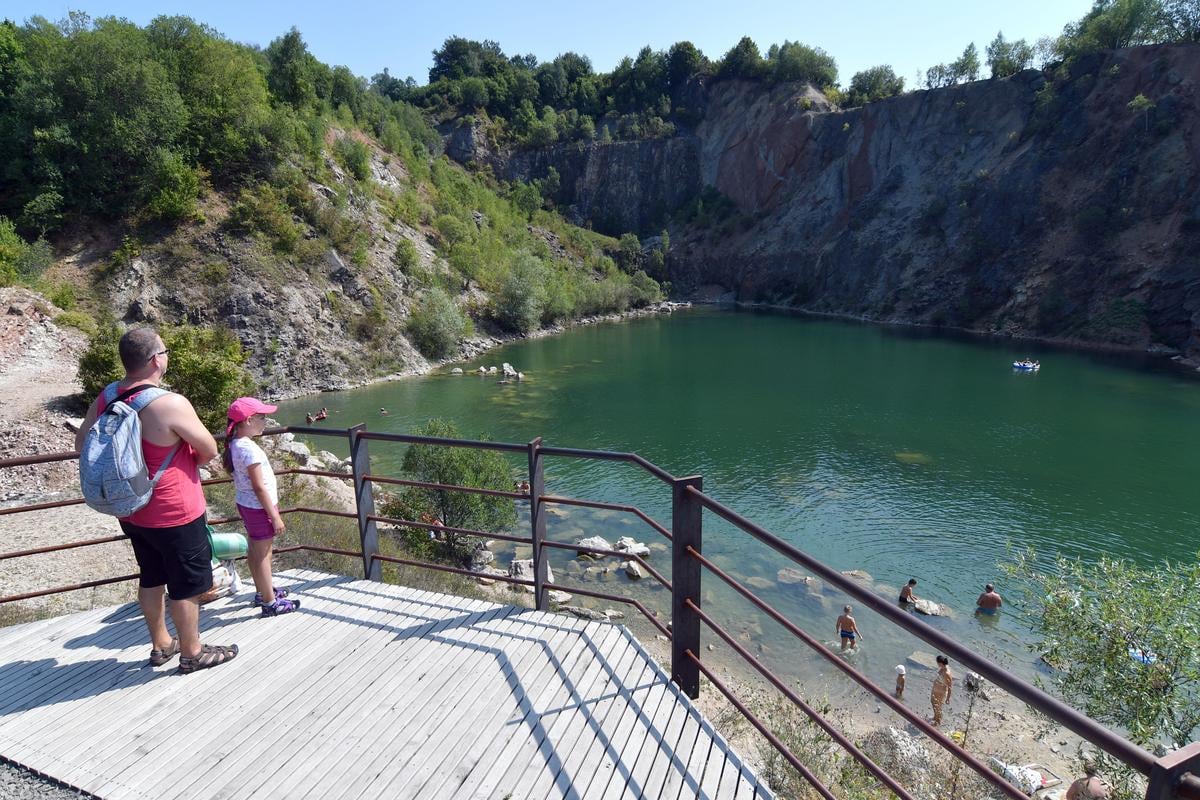 A lookout platform above the former quarry near Beňatina (source: TASR - Roman Hanc)
A lookout platform above the former quarry near Beňatina (source: TASR - Roman Hanc)

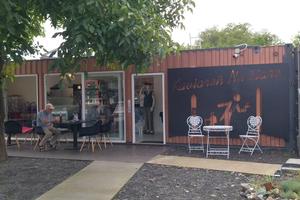
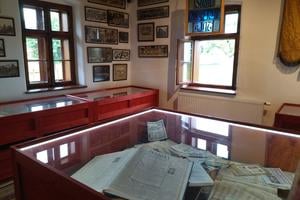
 Cafe called Na Čiare in Lekárovce. (source: SME-Jozef Ryník)
Cafe called Na Čiare in Lekárovce. (source: SME-Jozef Ryník)
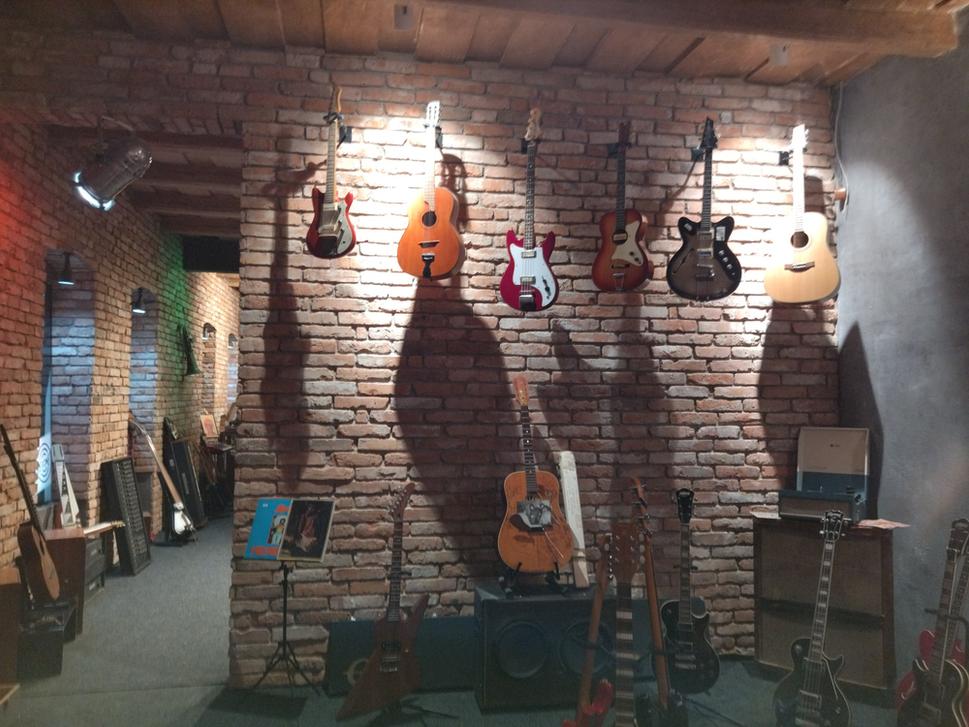 The guitar museum in Sobrance. Its exhibition includes about 200 guitars. (source: SME-Jozef Ryník)
The guitar museum in Sobrance. Its exhibition includes about 200 guitars. (source: SME-Jozef Ryník)
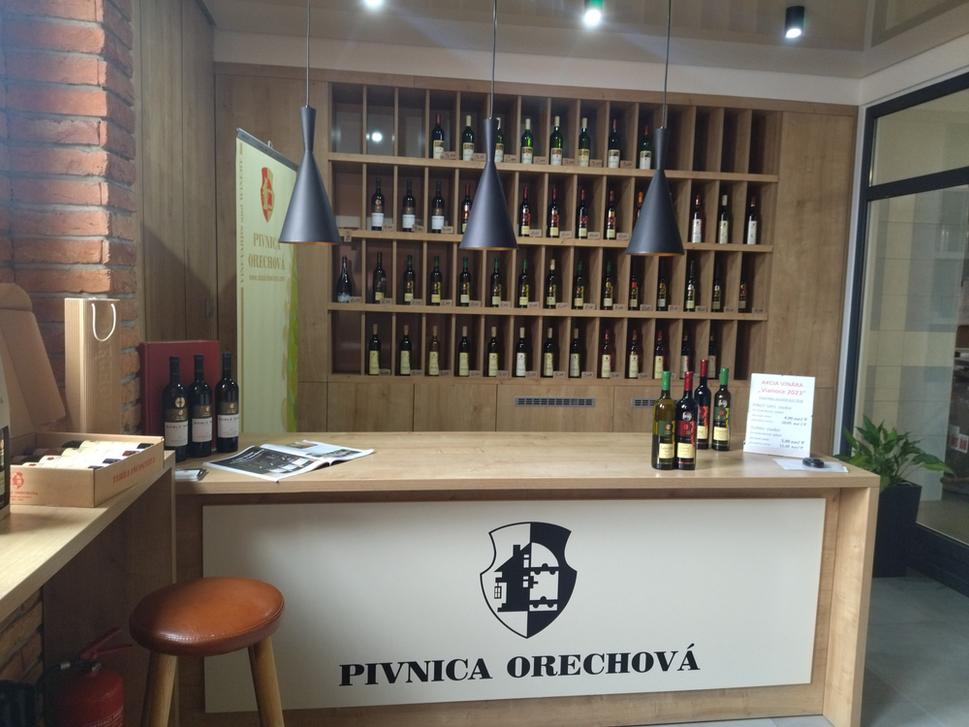 Wineshop in the winery of Pivnica Orechová (source: SME-Jozef Ryník)
Wineshop in the winery of Pivnica Orechová (source: SME-Jozef Ryník)
 Museum of Emigration in the village of Tahyňa (source: SME-Jozef Ryník)
Museum of Emigration in the village of Tahyňa (source: SME-Jozef Ryník)
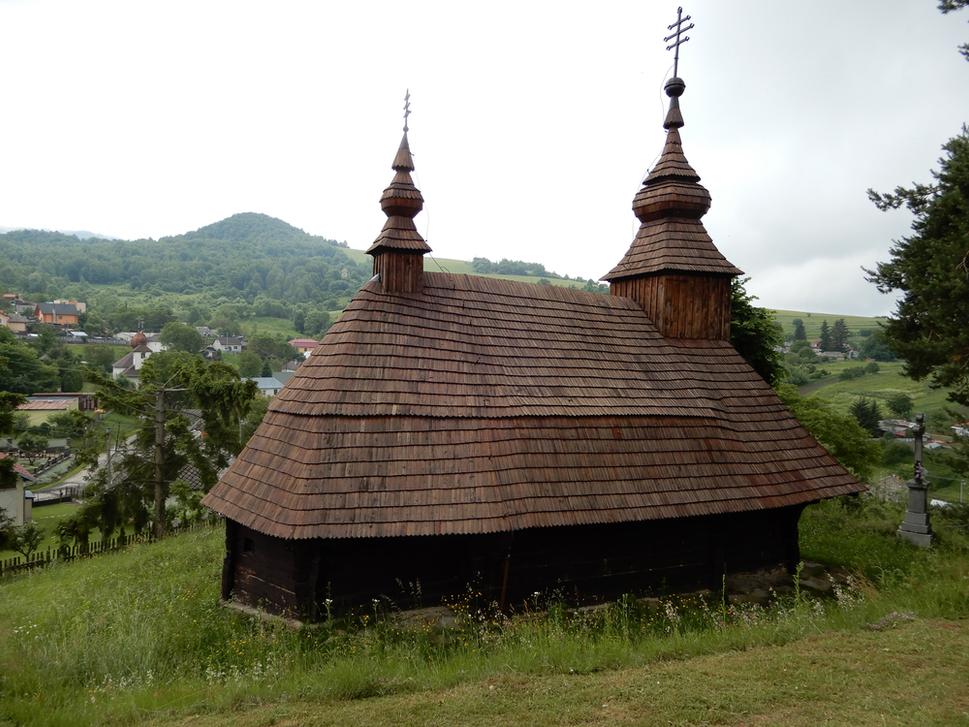 Greek Catholic Church of St. Michael the Archangel in the village of Inovce (source: TASR – Michaela Zdražilová)
Greek Catholic Church of St. Michael the Archangel in the village of Inovce (source: TASR – Michaela Zdražilová)
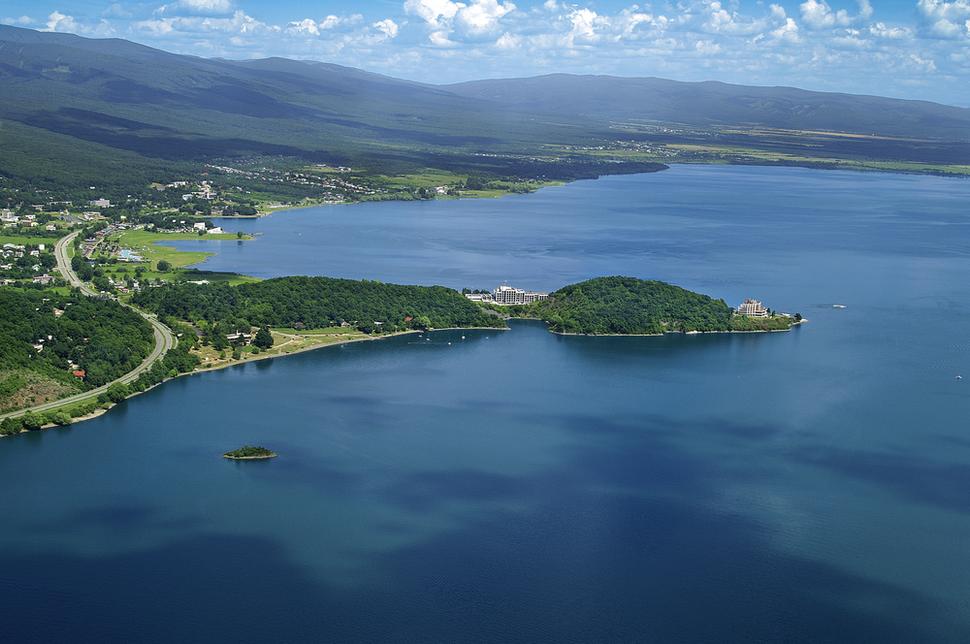 Zemplínska šírava (dam) (source: Jozef Rovňak (EXCEL))
Zemplínska šírava (dam) (source: Jozef Rovňak (EXCEL))